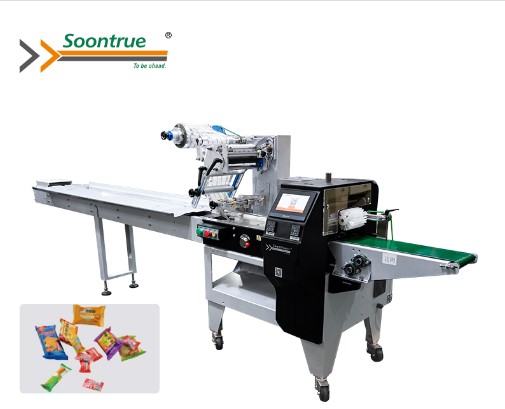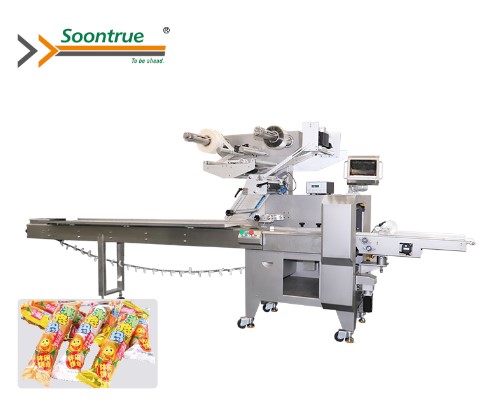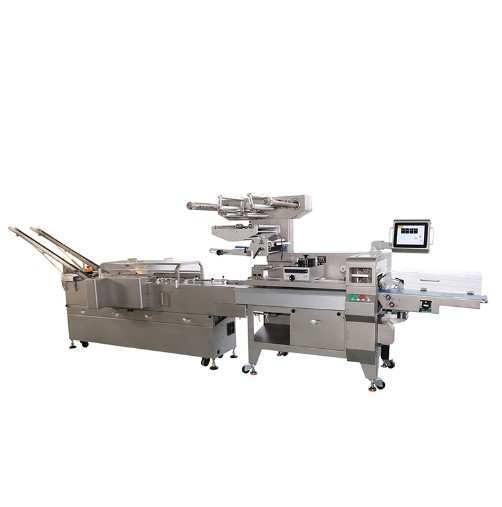What Are The Primary Components Of A Flow Wrap Packing Machine?
In the realm of modern industrial packaging, efficiency, speed, and precision are paramount. One integral cog in the machinery of packaging automation is the flow wrap packing machine. These complex gadgets are designed to quickly package a wide range of products, from food to pharmaceuticals, while ensuring both protection and presentation. To grasp the complexities of these devices, it is necessary to analyze their basic components and operations. In this comprehensive exploration, we delve into the various elements that constitute a flow wrap packing machine, shedding light on their roles in the packaging process.
Understanding Flow Wrap Packing Machines
Flow wrap packing machines, also known as horizontal form fill seal (HFFS) machines, are versatile packaging systems utilized across diverse industries for wrapping products in airtight packages made from flexible packaging materials.These machines excel in efficiently packaging products of various shapes and sizes due to their versatility and adjustable configurations.
Frame and Structure
At the core of every flow wrap packing machine lies its sturdy frame and structure, providing the foundation for seamless operation. The frame, which is often made of strong materials like stainless steel or aluminum, ensures stability and durability, which are critical for withstanding the rigors of continuous production cycles. The design of the frame also facilitates accessibility for maintenance and cleaning purposes, minimizing downtime and maximizing productivity.
Infeed Conveyor System
The infeed conveyor system serves as the entry point for products into the packaging process.This component consists of a conveyor belt equipped with devices for product orientation and spacing, which ensures that products flow consistently onto the packaging line. Depending on the specific requirements of the application, the infeed conveyor system may feature adjustable speed controls and sensors for precise synchronization with downstream packaging operations.
Film Unwinding System
Central to the operation of a flow wrap packing machine is the film unwinding system, responsible for dispensing the packaging material that will encase the product. This system typically consists of a roll holder or mandrel, where the roll of packaging film is mounted, along with tension control mechanisms to maintain optimal film tension throughout the packaging process. Advanced models may incorporate automatic film splicing capabilities to minimize downtime during reel changes, ensuring uninterrupted production flow.
Forming Assembly
The forming assembly is tasked with shaping the packaging material into a tube or pouch to accommodate the product. This component consists of shoulders or tubes that guide the film as it changes from a flat sheet to a three-dimensional structure surrounding the product. The precise design of the forming assembly is critical in achieving consistent package dimensions and aesthetics, thereby enhancing the overall presentation of the packaged goods.
Product Feeding and Dosing System
Efficient product feeding and dosing are essential aspects of the packaging process, particularly in high-speed production environments. The product feeding and dosing mechanism of a flow wrap packing machine is intended to accurately dispense predefined amounts of materials into the created packaging material. This system may utilize various mechanisms such as augers, vibratory feeders, or multi-head weighers, depending on the nature of the product being packaged.
Sealing Mechanism
The sealing mechanism plays a pivotal role in ensuring the integrity and hermetic sealing of the packages.Depending on the type of packaging material used, common sealing methods include heat sealing, cold sealing, and ultrasonic sealing. Heat sealing, facilitated by heated sealing jaws, is the most prevalent method and is suitable for a wide range of packaging materials, including polyethylene and laminates. Cold sealing, on the other hand, is employed for heat-sensitive materials to prevent deformation or damage during sealing.
Cutting System
Following the sealing stage, the packaging material must be accurately cut to separate individual packages from the continuous web. A flow wrap packing machine's cutting system is often made up of rotary knives or reciprocating blades that are designed to break the sealed film along specified cut lines precisely. Advanced models may incorporate servo-driven cutting systems, offering enhanced control over cut length and speed for optimal packaging efficiency.
Discharge Conveyor System
Once the packages are sealed and cut, they are conveyed away from the packaging machine for further processing or distribution. The discharge conveyor system facilitates the smooth transfer of packaged products onto downstream conveyors or packaging lines. This component is designed to accommodate varying production speeds and may feature adjustable height and tilt mechanisms to facilitate seamless integration with other equipment.
Control and Monitoring System
Last but not least, the control and monitoring system serves as the brain of the flow wrap packing machine, overseeing and regulating its operation. This system consists of programmable logic controllers (PLCs) or computerized control panels with user-friendly interfaces that allow operators to enter settings and monitor machine performance. Additionally, sensors and feedback mechanisms are integrated to detect and address anomalies such as film jams, misaligned products, or sealing errors, ensuring consistent output quality.
Conclusion
In conclusion, flow wrap packing machines represent a pinnacle of packaging automation, combining precision engineering with advanced technology to streamline the packaging process. Soontrue is a leading food packing machine supplier which is devoted to offering a wide range of food packing machines including flow wrap packing machines. Click the link to visit our site for more product details now!





